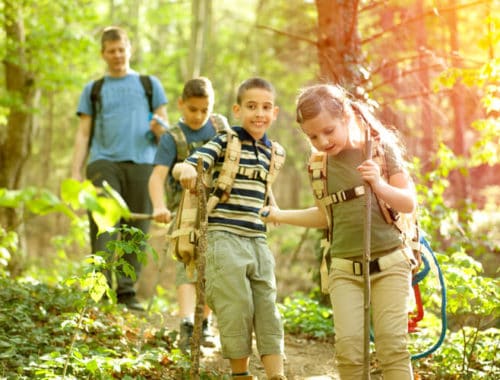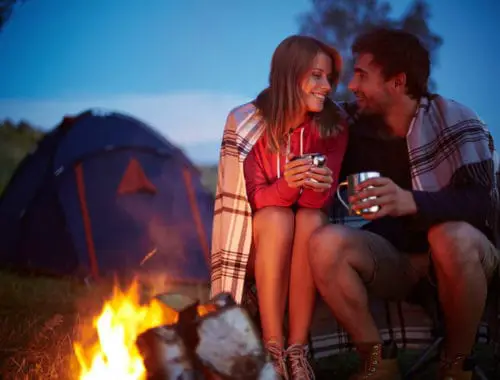Nothing says camping like a warm beer and slightly wet turkey sandwich next to a lake, right?
Knowing how to keep food cold while camping will not only make the experience more enjoyable but it’ll also make it safer. You don’t want to flirt with potentially dangerous raw meat that is stored at a temperature higher than 40 degrees.1
In this article, I’m offering some of my best tips to help you keep your food and drinks cold while camping in the woods.
1. Freeze Everything Ahead of Time
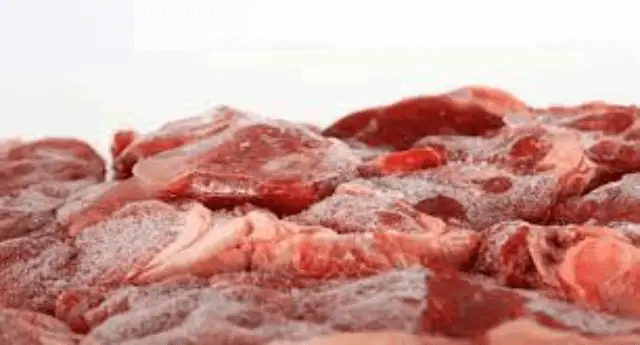
Image courtesy of Pixabay
One of the most obvious strategies would be to freeze everything first and gradually let things thaw out as you’re ready to use them. If you’re keeping all the frozen items in a cooler they’ll likely stay frozen for a few days before reaching a thawed (but still safe) state.
It’s recommended by food experts that you don’t ever thaw out frozen food in direct sunlight. Doing so will result in the sun actually cooking the surface of the meat while the interior remains frozen. This will speed up the growth of bacteria on the outside while making it difficult to fully cook the inside.2
2. Use Frozen Water Bottles
When it comes to primitive camping, you’ll want to use every method possible to keep the food cold. This could mean taking frozen water bottles and wrapping them around raw meat to ensure they maintain the proper temperature.
Be sure to wrap everything tightly so any juices do not seep out into other items and cause cross-contamination. You’ll also want to check back a few times a day to make sure that the meat is still cool and the bottles haven’t fully defrosted. If you’re camping during the hot summer months, you may want to use another strategy.
3. Buy a Well-Insulated Camping Cooler
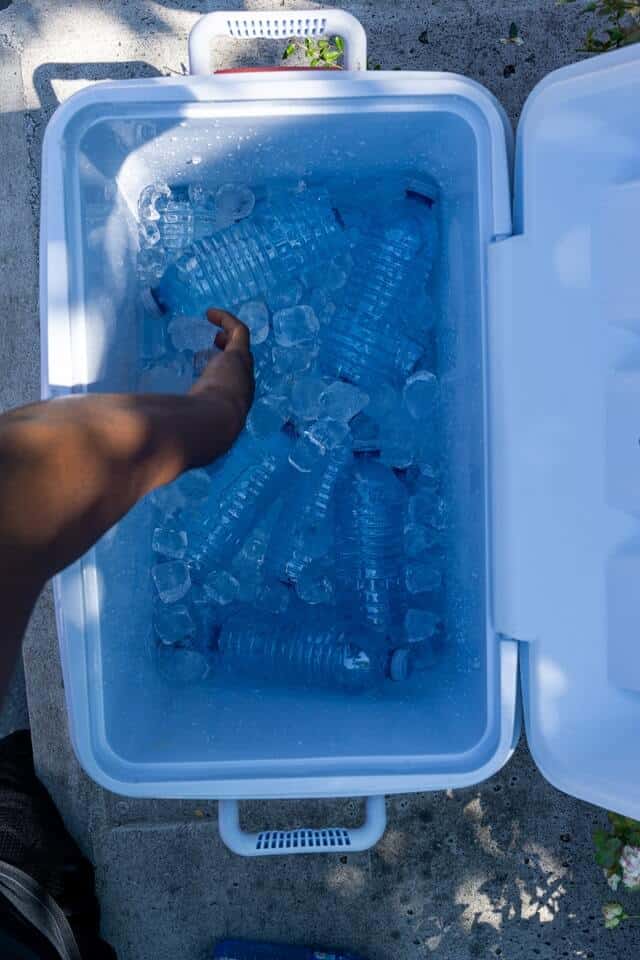
Image courtesy of Pexels
The best method is to buy the right camping cooler for the job. Buying an insulated camping cooler will always ensure that your food remains cool and can complement some of these other methods if you run out of room in the cooler.
If you’re camping for multiple days and trying to keep raw meat cool during this time, a camping cooler is a must. It will be the only way to ensure you keep the meat at a safe temperature that doesn’t promote the growth of bacteria.
4. Use Separate Coolers for Food and Drink
If you don’t currently have any camping coolers and you’re trying to keep food and drinks cold for days, consider getting two. You’ll want to have one that acts as the “communal” cooler where everyone goes for their drinks and snacks. The other cooler will serve as the cold storage and you’ll only open it when absolutely necessary.
Doing this will ensure you’re not letting valuable minutes of cold air out of the cooler. It is reminiscent of when parents yell to close the fridge when you were browsing as a child. You’ll want to keep as much of that cold air in for as long as you can.
5. Get the Right Ice
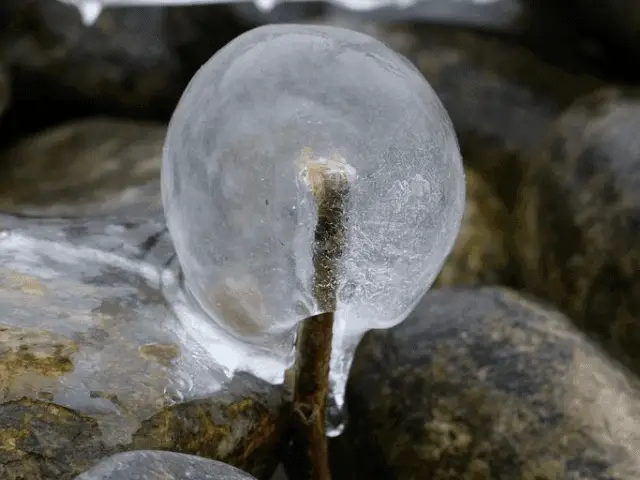
Image courtesy of Pixabay
When it comes to ice, there is clearly a right and wrong way to do things. Buying bags of loose ice from the gas station might work for a couple of hours but pretty soon you’ll have a cooler full of water and a bunch of water-logged foods.
For starters, you’ll want to use large blocks of ice because they’ll melt slower and keep things cold longer. A great strategy is to freeze water inside gallon jugs and then cut the plastic off. Putting these large blocks of ice in the bottom of the cooler will keep it cold for days without requiring you to dump the water out every few hours.
6. Keep the Cooler in the Shade
If you’re all out of ice and you’re worried that the food is starting to get too warm, you’ll want to keep the cooler in the shadiest spot at the campsite. If you have a DIY camp kitchen set up, you’ll want to put the cooler inside the tent or beneath a tree where it’s completely out of the sun.
This method may not buy you a ton of time but it’ll help extend things until you’re ready to cook the food.
7. Cook It Now
When all else fails and you’ve run out of options, cook whatever food might perish if you leave it out any longer. It’s better to cook it to the proper internal temperature and then keep it warm rather than let it spoil and go to waste.3
Final Thoughts
Finding ways to keep food cold while camping is something that takes a little experience and some mistakes along the way. We’ve all eaten my fair share of questionable fireside meals and lived to tell the story. All experiences don’t need to be the same.
Use some of the tips and tricks outlined above to ensure you have an enjoyable and safe camping experience with your friends and family.
Article Sources
Adventure Daily uses only high-quality sources, including peer-reviewed studies, to support the facts within our articles. Read our editorial process to learn more about how we fact-check and keep our content accurate, reliable, and trustworthy.
- Schaefer, Dan. Meat Storage. Meat Science. Accessed 18 Sep 2021.
- Nicoles, Jeannie. The big thaw – four ways to thaw meat safely. MSU Extension. Published 17 Apr 2014. Accessed 17 Sep 2021.
- Proper Cooking Temperatures for Safe Food At Home. Minnesota Department of Health. Published May 2011. Accessed 17 Sep 2021.




